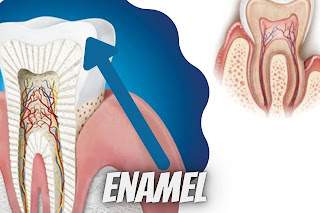Delayed dentition...
My teeth are not coming in the Age of the month of 13 I'm worried about what I can do? This is one of the questions usually asked so I'm here to answer this. Humans have two sets of teeth in their lifetime. The first set of the seen in the mouth is the primary or deciduous dentition, which begins to form prenatally at about 14 weeks in utero and completed postnatally at about 3 years of age first dentition begins to appear in the mouth at about 6months of age or typically 7-11 months of age and remains up to 6 years of age after that transition period starts in which deciduous (milk) teeth fall then permanent teeth comes up to 12 or 13 years of age normally and completes 28 sets of permanent dentition but some children are late bloomers. It can be caused due to- poor nutrition- if the child doesn't get proper breast milk to fulfill his body needs, hyperthyroidism, hereditary or insufficient space in dental arches, dental infection. And if this condit...








